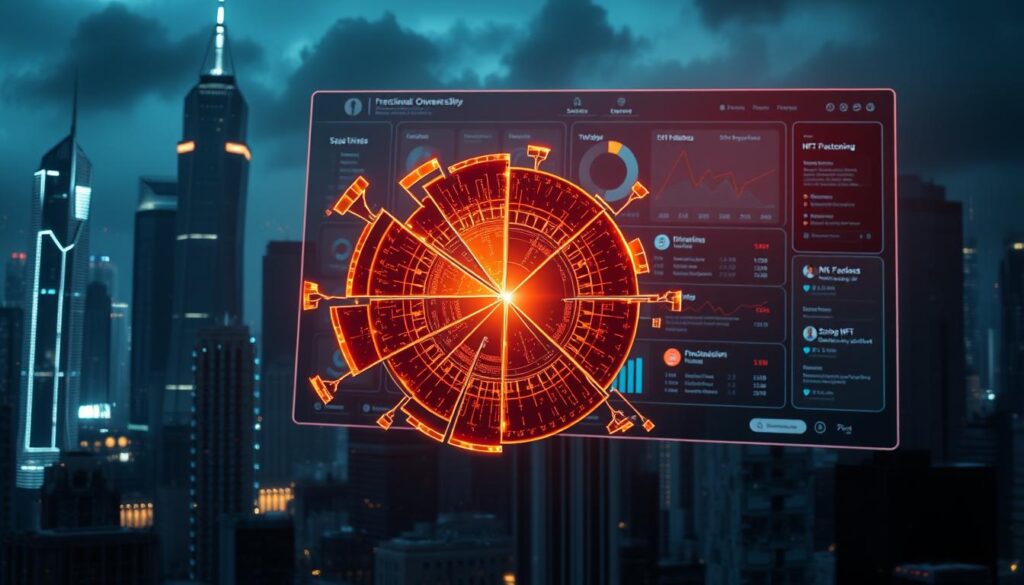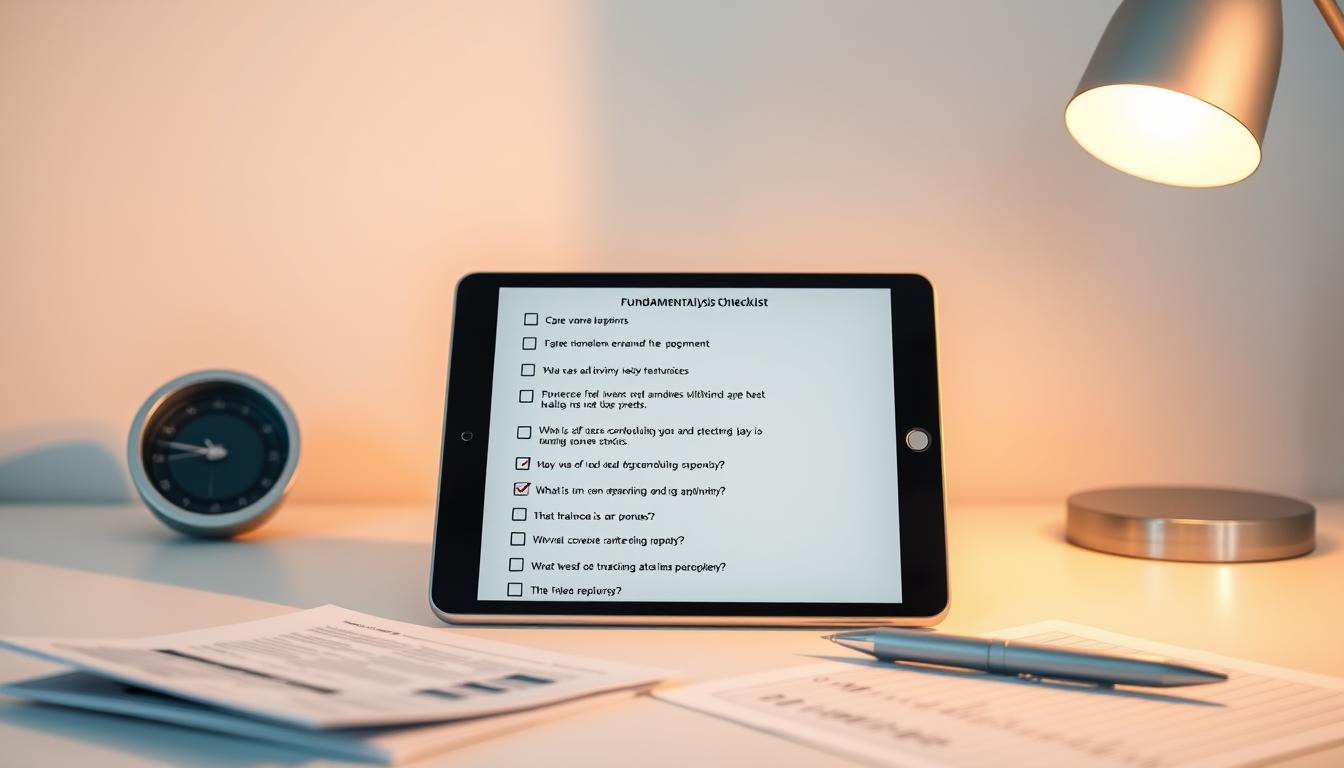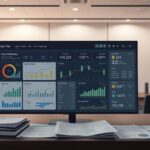Now Reading: How to Build an AI Crypto Trading Algorithm
- 01
How to Build an AI Crypto Trading Algorithm
How to Build an AI Crypto Trading Algorithm
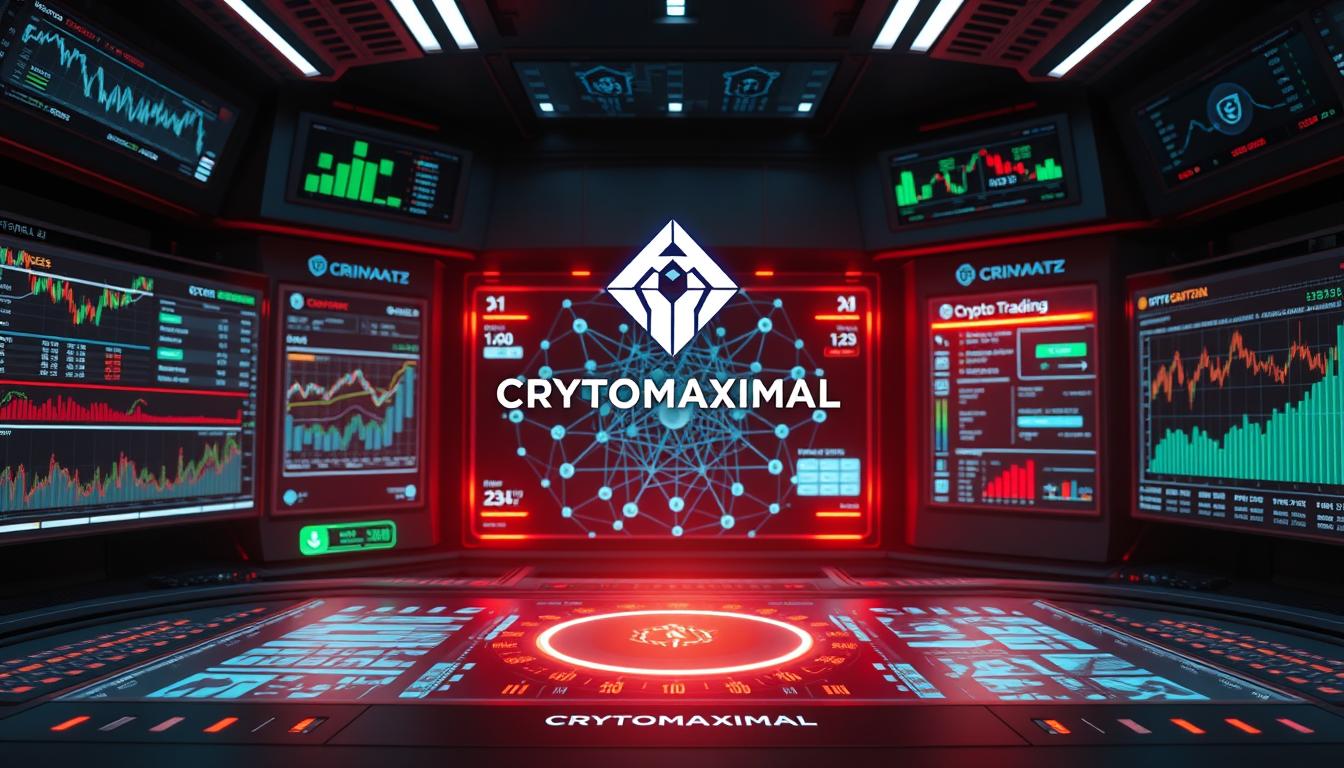
Artificial intelligence is transforming the way markets operate. By leveraging advanced algorithms, traders can analyze vast amounts of data with precision. This approach eliminates emotional biases, ensuring more consistent results.
Combining quantitative analysis with machine learning models enhances decision-making. Platforms like Binance and Coinbase Pro integrate these technologies seamlessly. Industry leaders, such as Modulus Global AI, have set benchmarks in high-frequency trading.
Developing such systems requires robust technical components. APIs, data pipelines, and ML frameworks form the backbone of these solutions. Continuous learning systems adapt to market changes, ensuring long-term success.
Understanding AI Crypto Trading and Its Benefits
The integration of advanced technology is reshaping financial markets globally. By leveraging sophisticated algorithms, traders can process millions of data points in seconds. This approach enhances decision-making and reduces emotional biases, leading to more consistent results.
What is AI Crypto Trading?
AI-driven systems analyze patterns in price charts and order books to identify opportunities. Unlike traditional methods, these systems use machine learning to adapt to changing market conditions. For example, platforms like Binance and Coinbase Pro integrate these technologies seamlessly, enabling traders to execute trades with precision.
Advantages of Using AI in Crypto Trading
AI-enhanced trading offers several key benefits:
- Speed: Transactions are executed in milliseconds, ensuring timely responses to market changes.
- Accuracy: Systems achieve a 99.98% trade precision, minimizing errors.
- Scalability: Multi-exchange operations allow for handling thousands of transactions per hour.
- Emotion-Free Decisions: AI eliminates emotional biases, reducing errors by 72%.
For instance, Binance traders have reported a 35% increase in ROI using automated trading bots. Additionally, these systems process social sentiment data from platforms like Twitter and Reddit in real-time, adapting to market volatility events.
AI systems also operate 24/7, overcoming human limitations. Platforms like AlgosOne ensure regulatory compliance, while cloud-based solutions improve energy efficiency. These features make AI-driven trading a powerful tool for modern investors.
Key Components of an AI Crypto Trading Algorithm
Data-driven strategies are reshaping the landscape of digital assets. Effective trading systems rely on two core elements: comprehensive data collection and advanced machine learning techniques. These components work together to analyze market trends and execute trades with precision.
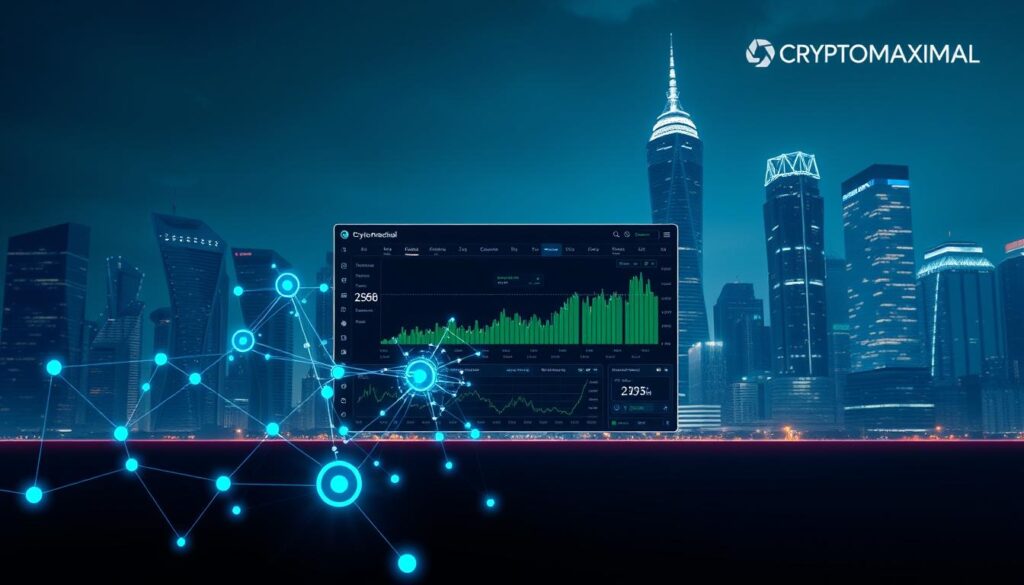
Data Collection and Market Analysis
Accurate historical data forms the foundation of any successful algorithm. Platforms like CoinMarketCap and Glassnode provide essential metrics, including OHLCV (Open, High, Low, Close, Volume) and order book depth. These datasets are crucial for understanding crypto market behavior.
API integrations with TradingView and Glassnode streamline data retrieval. Normalization techniques ensure compatibility across exchanges, enabling seamless analysis. Tools like Python’s Pandas library process terabytes of data daily, making backtesting efficient and reliable.
Machine Learning Models and Algorithms
Advanced models like LSTM networks and transformers excel in price prediction. Feature engineering techniques, such as creating volatility indices and liquidity scores, enhance model accuracy. Frameworks like TensorFlow and PyTorch support real-time inference, ensuring timely decision-making.
Hidden Markov Models detect market regimes, while anomaly detection systems prevent flash crashes. Cloud storage solutions handle petabyte-scale datasets, ensuring scalability. These algorithms adapt to market changes, delivering consistent performance.
Step-by-Step Guide to Building an AI Crypto Trading Algorithm
Creating a robust system for digital asset management starts with clear objectives. Defining your goals and selecting the right tools are critical steps in this process. Whether you aim for arbitrage or momentum trading, a structured approach ensures better outcomes.
Define Your Trading Goals and Strategy
Begin by outlining your financial objectives and risk tolerance. Are you targeting short-term gains or long-term growth? Your strategy should align with these goals. For instance, arbitrage focuses on price differences across different exchanges, while momentum trading capitalizes on market trends.
Set risk parameters like maximum drawdown limits, typically between 5-15%. This ensures your system remains resilient during market volatility. Additionally, consider portfolio balancing algorithms for multi-asset strategies to diversify your investments effectively.
Choose the Right Technology and Tools
Selecting the appropriate technology stack is crucial for performance. Python-based stacks are popular, with 83% of successful bots leveraging their flexibility. For low-latency systems, compare Python with C++ to determine the best fit.
Cloud providers like AWS and Google Cloud support ML workloads efficiently. Ensure your system complies with SEC regulations on automated trading systems. Also, integrate smart contracts for DeFi protocols and plan for disaster recovery during exchange outages.
Finally, consider exchange API rate limits, such as Binance’s 1200 requests per minute. These factors influence your system’s scalability and efficiency in executing trading decisions.
How to Build AI Crypto Trading Algorithm: A Detailed Process
Effective strategies in digital markets demand precise data handling and model training. This section dives into the critical steps of preparing your data and evaluating your system for optimal results.
Data Preprocessing and Feature Engineering
Before training your system, data must be cleaned and aligned. Handling missing values and outliers ensures accuracy. Temporal alignment across multiple sources guarantees consistency.
Feature creation plays a vital role in improving performance. Techniques like Bollinger Band %B and RSI divergence signals enhance model precision. Proper feature selection can boost accuracy by up to 40%.
Training and Testing Your AI Model
Split your data into train, test, and validation sets using an 80/10/10 ratio. This strategy ensures balanced evaluation. Hyperparameter optimization with Bayesian methods fine-tunes your system for better results.
Cross-validation techniques are essential for volatile markets. Walk-forward testing reduces overfitting by 60%, ensuring your system adapts to new data. Regularization techniques further prevent overfitting, maintaining model reliability.
Evaluate performance using metrics like the Sharpe ratio, Sortino ratio, and maximum drawdown. These indicators provide insights into risk and reward. Tools like MLflow and DVC help with model versioning, ensuring traceability and reproducibility.
Integrating Machine Learning for Enhanced Performance
Advanced machine learning techniques are revolutionizing trading strategies. By leveraging these methods, traders can adapt to dynamic market conditions and improve decision-making. This section explores how reinforcement learning and backtesting optimize trading systems.
Using Reinforcement Learning for Dynamic Strategies
Reinforcement learning enhances strategy adaptability by 55%. This approach uses reward functions to optimize risk-adjusted returns. For example, Q-learning applications in portfolio allocation ensure balanced investments.
Market simulation environments, such as Gymnasium, provide realistic training scenarios. These tools help refine strategies before live deployment. Reward function design focuses on maximizing returns while minimizing risks.
Backtesting and Optimizing Your Algorithm
Backtesting is essential for validating trading strategies. Over 90% of profitable bots undergo 1000+ iterations. This process ensures robustness and reliability in diverse market trends.
Parallel backtesting across 100+ CPU cores speeds up the evaluation process. Sensitivity analysis ensures parameter robustness, while transaction cost modeling accounts for slippage and fees. Walk-forward optimization windows, typically 30-90 days, provide continuous refinement.
Benchmarking against buy-and-hold strategies offers performance insights. Live paper trading phases validate the system’s effectiveness before full deployment. These steps ensure your algorithms are ready for real-world challenges.
Risk Management in AI Crypto Trading
Managing risks effectively is the backbone of successful trading strategies. In volatile markets, a robust risk management plan can reduce maximum drawdown by up to 70%. This ensures long-term stability and consistent performance.

Implementing Stop-Loss and Take-Profit Mechanisms
Dynamic stop-loss algorithms based on Average True Range (ATR) adapt to market volatility. These mechanisms automatically exit trades when losses exceed predefined thresholds. Similarly, take-profit levels lock in gains, ensuring optimal returns.
Value-at-Risk (VaR) calculations at a 95% confidence level provide additional safety. These metrics help traders understand potential losses in adverse scenarios. Combined with circuit breakers for extreme volatility, these tools minimize risks effectively.
Balancing Risk and Reward in Trading Strategies
Balancing risk and reward involves careful planning and execution. Position sizing models, such as the Kelly Criterion and Fixed Fractional methods, optimize trade sizes based on risk tolerance. These models ensure that no single trade jeopardizes the entire portfolio.
Correlation matrices enhance diversification by identifying assets with low interdependence. This reduces overall exposure to market swings. Additionally, auto-hedging systems, like those from AlgosOne, cover up to 85% of downside risk, providing an extra layer of protection.
Real-time risk dashboards, powered by tools like Grafana, offer instant insights into market conditions. These dashboards help traders make informed decisions, ensuring proactive risk control.
Deploying Your AI Crypto Trading Algorithm
Deploying a robust system for digital asset management requires seamless integration with trading platforms. This process involves connecting to exchanges via APIs and ensuring real-time monitoring for optimal performance. A well-executed deployment ensures your system can execute trades efficiently and adapt to market changes.
Connecting to Crypto Exchanges via APIs
Integration with exchanges begins with secure API connections. Authentication methods like HMAC and OAuth2 ensure data safety. Handling rate limits and request queuing is essential to avoid disruptions during peak trading periods.
WebSocket APIs offer faster updates compared to REST APIs, making them ideal for real-time data. However, each exchange has unique quirks. For example, Kraken requires nonce values for API requests, while Binance handles over 5 million requests per second during peak times.
- Use Docker for containerized deployment, ensuring consistency across environments.
- Implement Prometheus and Grafana for comprehensive monitoring stacks.
- Set up alert systems to detect model drift and ensure system reliability.
Monitoring and Adjusting Your Algorithm in Real-Time
Real-time monitoring is critical for maintaining system performance. Tools like Grafana provide dashboards for instant insights into market conditions. This allows for quick adjustments to strategies based on live data.
Hot-swappable strategy modules enable flexibility, letting you adapt to changing market trends without downtime. Post-trade analysis workflows help refine strategies by identifying patterns and improving decision-making. For deeper insights, consider exploring analyzing crypto liquidity pools to enhance your system’s efficiency.
By combining these techniques, your system can achieve 99.99% uptime, meeting the demands of professional trading environments.
Scaling and Optimizing Your AI Trading System
Scaling trading systems requires a strategic approach to handle growing demands. As markets evolve, your system must adapt to manage multiple trading pairs and exchanges efficiently. Continuous learning and upgrades ensure your system remains competitive in dynamic environments.
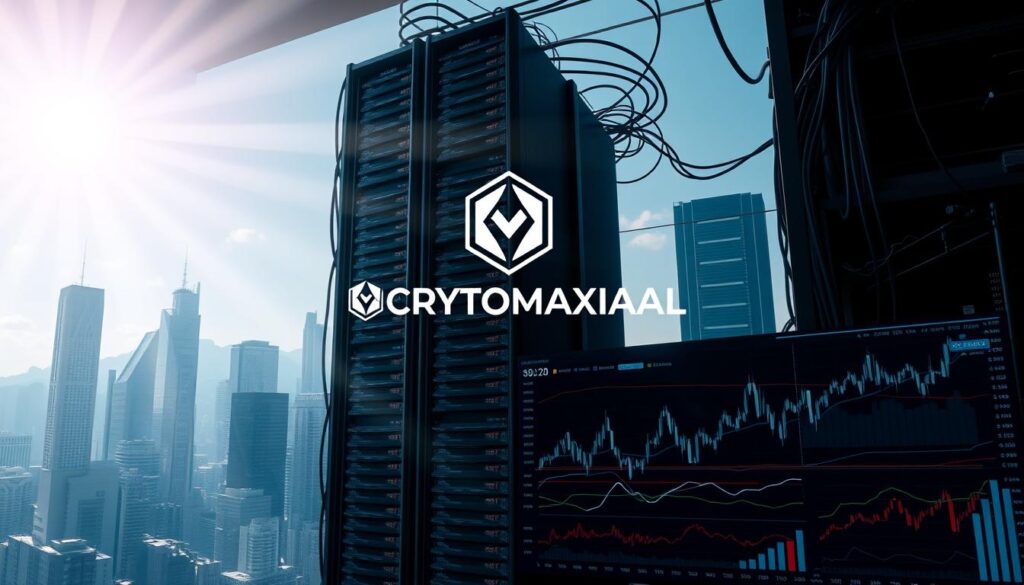
Handling Multiple Trading Pairs and Exchanges
Top systems track over 500 trading pairs simultaneously. This requires advanced techniques to ensure seamless operations. Correlation analysis helps identify pairs with low interdependence, optimizing portfolio diversification.
Latency optimization ensures fast routing across global exchanges. Load balancing across cloud regions improves system reliability. Data sharding techniques handle high-throughput demands, ensuring smooth performance even during peak trading periods.
Continuous Learning and Model Upgrades
Monthly model retraining can improve returns by up to 18%. Online learning with Spark Streaming allows real-time updates, adapting to new market trends. Concept drift detection mechanisms ensure your system remains accurate as conditions change.
An A/B testing framework evaluates model variants for better performance. Zero-downtime deployment strategies ensure updates don’t disrupt operations. Cost optimization for cloud ML services keeps expenses in check while maintaining efficiency.
- Correlation analysis for pair selection
- Latency optimization for global exchange routing
- Load balancing across cloud regions
- Data sharding techniques for high-throughput
- Online learning with Spark Streaming
- Concept drift detection mechanisms
- A/B testing framework for model variants
- Zero-downtime deployment strategies
- Cost optimization for cloud ML services
Top Tools and Platforms for AI Crypto Trading
Selecting the right tools and platforms is essential for maximizing efficiency in digital asset management. With a variety of options available, understanding their features and capabilities can help you make informed decisions.
Popular AI Trading Bots and Their Features
Several trading bots stand out for their advanced features and reliability. For example, ArbitrageScanner detects over 150 arbitrage opportunities daily, making it a top choice for arbitrage strategies. Similarly, Cryptohopper supports more than 75 cryptocurrencies, offering flexibility for diverse portfolios.
- 3Commas: Known for its user-friendly interface and automated trading options.
- TradeSanta: Offers grid and DCA bots for efficient market entry.
- Freqtrade: An open-source framework ideal for custom bot development.
- Jesse: Focuses on backtesting and strategy optimization.
Choosing the Right Platform for Your Needs
When selecting a platform, consider factors like API reliability, security, and total cost of ownership. Institutional-grade options like CoinRoutes and SigTech provide robust solutions for professional traders. Cloud-based tools such as AWS SageMaker and GCP Vertex AI are excellent for scalable machine learning integration.
Security audits and compliance certifications like SOC 2 and ISO 27001 ensure platform reliability. Community support and documentation are also crucial for troubleshooting and strategy development. By evaluating these factors, you can choose a platform that aligns with your trading goals.
Future Trends in AI Crypto Trading
The future of digital asset management is being shaped by cutting-edge innovations. Artificial intelligence is projected to handle 75% of crypto market volume by 2026, driven by advancements like GPT-4, which improves strategy generation by 40%. These trends highlight the growing reliance on algorithms and predictive analytics for decision-making.
Emerging technologies are redefining the landscape. Federated learning enables privacy-preserving collaboration, while quantum-resistant encryption ensures secure trading systems. NFT-based strategy tokenization and DeFi integration with AMM arbitrage bots are also gaining traction.
Other notable developments include ESG-focused algorithmic trading, cross-chain liquidity aggregation, and regulatory AI for compliance automation. Neuromorphic computing enhances energy efficiency, and DAO-governed trading collectives foster decentralized decision-making. These trends collectively pave the way for a more efficient and secure trading ecosystem.
FAQ
What is AI Crypto Trading?
AI crypto trading involves using artificial intelligence to analyze market data, predict trends, and execute trades automatically. It leverages machine learning models to make informed decisions based on historical and real-time data.
What are the advantages of using AI in crypto trading?
AI offers faster decision-making, 24/7 market monitoring, and the ability to process vast amounts of data. It reduces emotional bias, improves accuracy, and adapts to changing market conditions for better performance.
What are the key components of an AI crypto trading algorithm?
The main components include data collection, market analysis, machine learning models, and algorithms. These elements work together to identify patterns, predict price movements, and execute trades efficiently.
How do I define my trading goals and strategy?
Start by identifying your risk tolerance, preferred trading pairs, and desired outcomes. Your strategy should align with these goals, whether it’s day trading, swing trading, or long-term investments.
What tools and technology are needed for building an AI trading algorithm?
You’ll need programming languages like Python, data analysis tools, machine learning libraries, and APIs to connect with crypto exchanges. Platforms like TensorFlow and Pandas are commonly used.
How does data preprocessing improve algorithm performance?
Data preprocessing cleans and organizes raw data, making it suitable for analysis. Feature engineering extracts relevant patterns, ensuring the algorithm can make accurate predictions.
Why is backtesting important for AI trading algorithms?
Backtesting evaluates your algorithm’s performance using historical data. It helps identify strengths, weaknesses, and areas for improvement before deploying it in live markets.
How can reinforcement learning enhance trading strategies?
Reinforcement learning allows the algorithm to learn from its actions and adapt to dynamic market conditions. It continuously improves strategies based on real-time feedback.
What risk management techniques should I implement?
Use stop-loss and take-profit mechanisms to limit losses and secure gains. Balance risk and reward by diversifying your portfolio and avoiding over-leveraging.
How do I connect my algorithm to crypto exchanges?
Most exchanges offer APIs that allow your algorithm to access market data and execute trades. Ensure your platform supports secure and reliable API integration.
Can I handle multiple trading pairs and exchanges with one algorithm?
Yes, advanced algorithms can manage multiple pairs and exchanges simultaneously. This requires robust infrastructure and continuous monitoring to ensure optimal performance.
What are some popular AI trading bots and platforms?
Tools like 3Commas, HaasOnline, and Cryptohopper are widely used. These platforms offer features like automated trading, backtesting, and customizable strategies.
What are the future trends in AI crypto trading?
Expect advancements in natural language processing for sentiment analysis, deeper integration with blockchain technology, and more sophisticated risk management tools.




